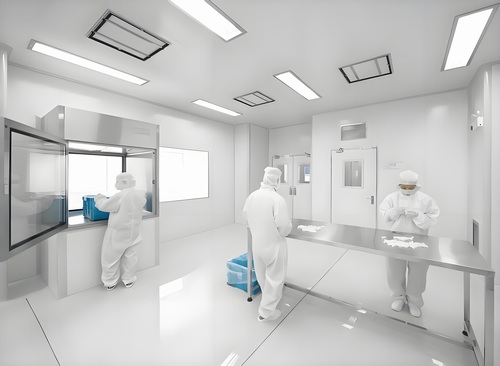Clean room construction is a systematic process that transforms large structural spaces into highly controlled environments. Using specialized materials like clean room panels, builders create partitioned, hygienic spaces tailored to industries such as electronics, pharmaceuticals, and food processing. These rooms maintain strict cleanliness, temperature, and humidity levels to meet diverse operational needs. But what makes clean room panels so indispensable? Let’s explore their role and applications.
What Are Clean Rooms?
Clean rooms are enclosed areas designed to limit contamination from dust, microbes, and other particles. Built within existing frameworks, they use advanced materials and sealing techniques to ensure a sterile, safe environment. Their classifications, based on ISO standards, range from ultra-clean (ISO 1) to less strict (ISO 9), depending on particle limits per cubic meter.

The Importance of Clean Room Panels
Clean room panels are the backbone of these controlled spaces. Typically made from steel or aluminum, they offer:
Dust and Static Resistance: Critical for electronics and pharmaceutical settings.
Antibacterial Properties: Essential for medical and food industries.
Corrosion Resistance: Ideal for chemical and industrial environments.
Easy Cleaning: Ensures long-term hygiene with minimal effort.
Key Applications of Clean Room Panels

Clean room panels shine in various scenarios:
Tips for Clean Room Construction
Clean room construction is all about precision and the right tools. With clean room panels, builders can craft spaces that meet the highest cleanliness and safety demands across industries.
Copyright @ 2025 CHENGDU PROPANEL TECH CO., LTD. All Rights Reserved.  Network Supported
Network Supported
Sitemap / Blog / XML / Privacy Policy